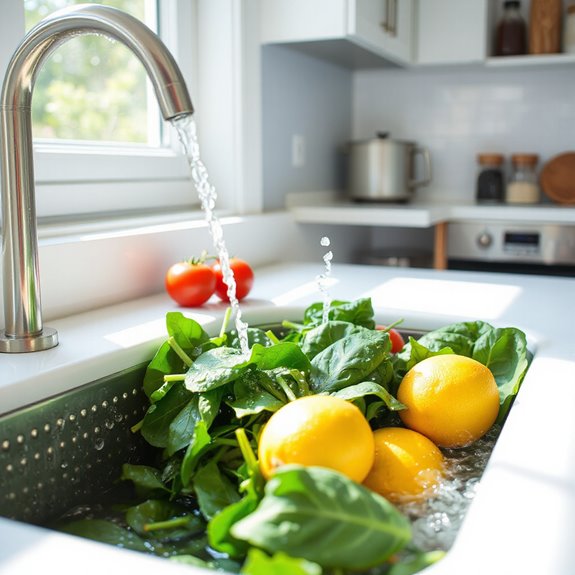Worried about keeping your food safe in today's world? You're not alone!
Let's dive into practical ways to select the best and safest ingredients, starting with a surprising deep dive into the world of tuna.
Understanding Sustainable Tuna Options
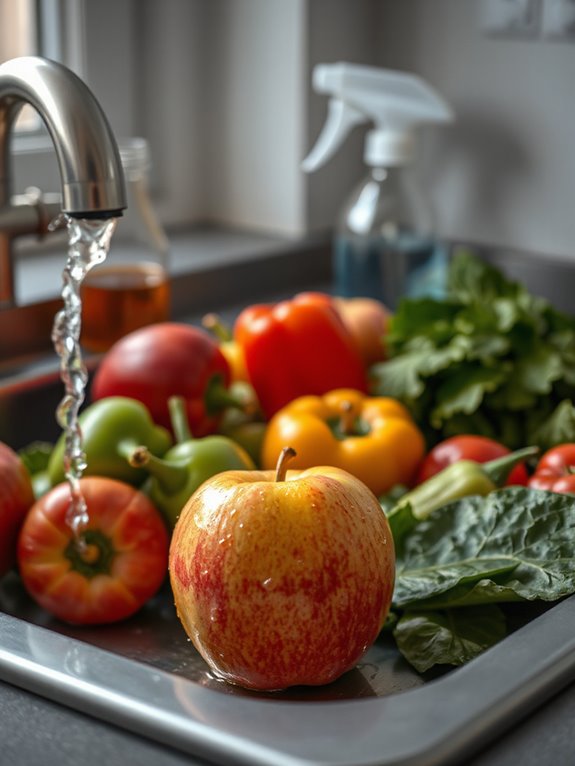
Choosing canned tuna can be a bit like traversing a maze, but don't worry—I'm here to help you find your way to the sustainable choices so you can feel good about what you're eating!
What's the best tuna? Well, normally, skipjack tuna caught using pole-and-line methods is your best bet—it's like fishing with a conscience! If that's not available, FAD-free skipjack is okay, too. Many Asian recipes that incorporate tuna could also benefit from a dash of high-quality soy sauce.
Now, species matter—kinda like picking teammates for a game. Skipjack is like the reliable player, while yellowfin and albacore? We should eat less of those because they're threatened.
Steer clear of bluefin and bigeye—they're critically endangered, so let's leave them in the ocean to thrive. Fishing methods are also key: FADs with nets, gillnetting, or longlining? Big no-no, because all the other marine wildlife will accidentally get caught, such as dolphins!
Interpreting Tuna Can Labels
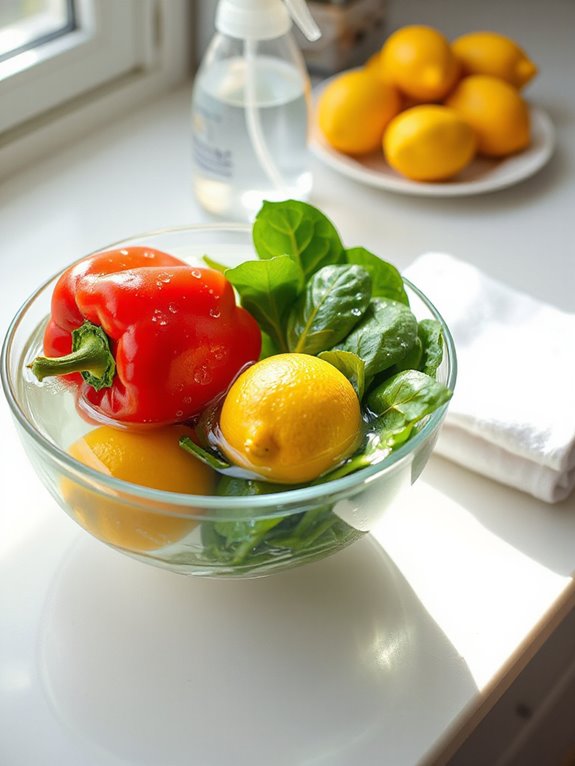
To make sure we're picking the good stuff, let's decode those tuna can labels—trust me, it's easier than trying to parallel park on a busy street! I'll show you how:
First, check the tuna species. Are we talking skipjack, yellowfin, or albacore?
Next, I read the label carefully for the fishing method—it tells you a lot. I want to see terms such as "pole and line caught" or at least "FAD-free." A similar commitment to quality ingredients can be found in recipes like the Asian Glazed baked barramundi.
Finally, no relying on "dolphin-friendly" stamps alone—they aren't always reliable:
- Imagine a tuna swimming freely—*that's what we want to protect*.
- Picture a fishing rod catching one tuna at a time–*that's pole and line fishing*.
- Envision the ocean without tons of discarded nets–*FAD free means fewer nets*!
Recommended Tuna Brands
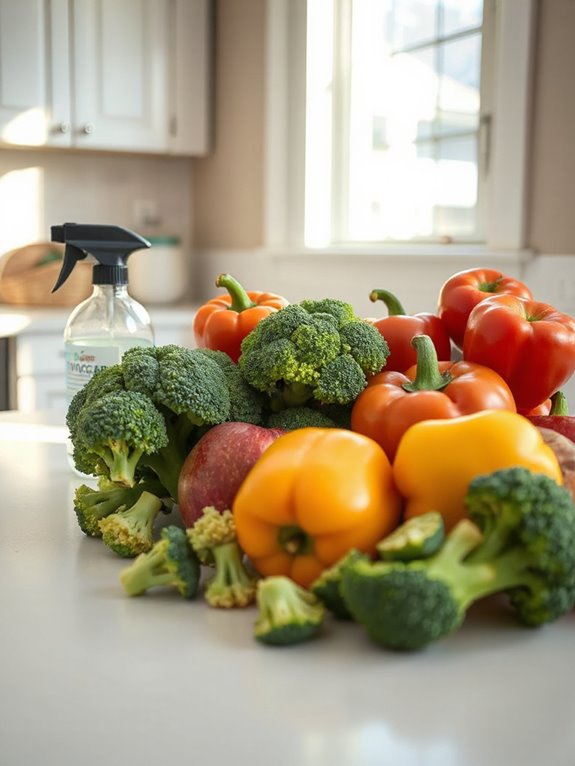
Now that you know what to look for on a can, let's investigate into brands I recommend. For the best–pole and line-caught skipjack–look for Good Fish, Fish4Ever, and Safcol No Net Tuna. It's the "no net" part I think is funny!
If you are okay with FAD-free purse seine skipjack–acceptable–I suggest John West, Greenseas, Safcol, Wild Tides, and store brands such as Woolworths, Coles, and Aldi's Portview. Many brands are available–it's wild!
Remember, a few brands may also have yellowfin tuna lines–so double-check the label! Sirena's a funny example.
Want my two cents? I'd say watch out for any line of yellowfin tuna from those brands I already listed, or Sirena! And yes, I do recommend you do your own research.
The Impact of Fishing Methods
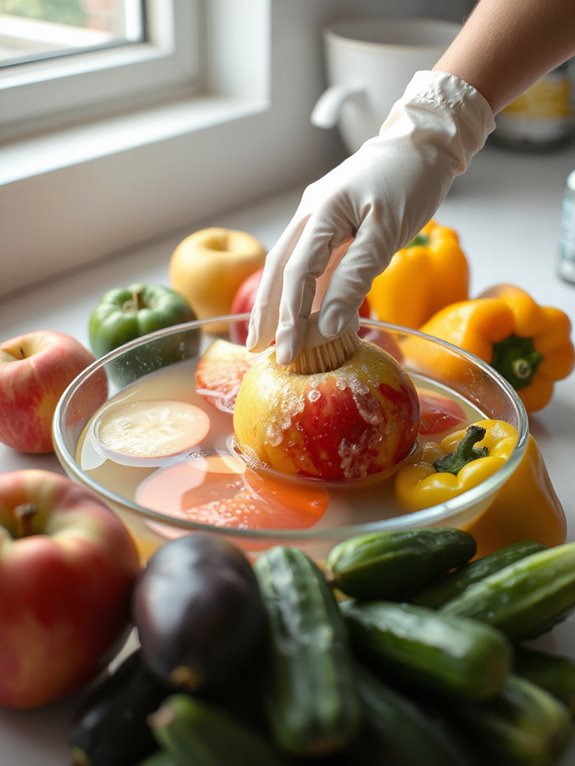
Unethical fishing practices have a heavy cost on other marine life; it's why I'm so passionate about sustainable choices! The method really matters! I want you to think about what happens when we use destructive practices like FADs (Fish Aggregating Devices).
* Giant nets scoop up everything – tuna, sharks, turtles – a devastating mess, truly!
Endangered species** become unintended targets – it isn't right.
Marine ecosystems**? Forget support!
It's not all doom and gloom, though. Pole-and-line fishing, where each fish is caught individually, is a better alternative – like going fishing on a sunny afternoon! FAD-free purse seining, also, reduces bycatch incidents. Choosing sustainable canned tuna? It's simple: read the label, understand the fishing method, and make choices that support marine life, and I see you doing a great job.
Tuna Species and Sustainability
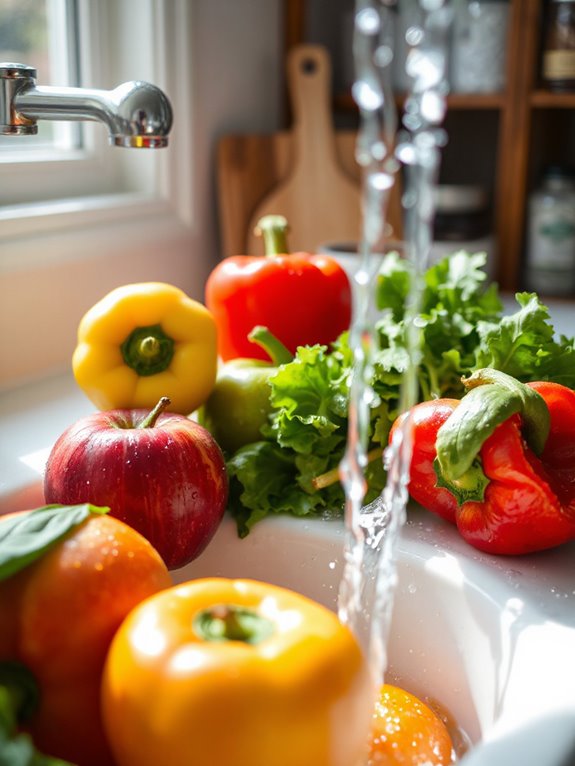
Understanding what kind of tuna is in your can is super important – it'll help you make better choices for our oceans! We don't want to accidentally eat Nemo's friends, right?
So, check the label! It'll tell you the species. Skipjack tuna is usually the most eco-friendly pick. Think of it like picking the least popular kid for dodgeball– they don't mind as much.
Avoid bluefin and bigeye – they're critically endangered. It's like eating the last slice of pizza, total party foul! Yellowfin and albacore? Eat a little less of if you can.
Make sure to peep how it's caught, too. Pole and line is the gold standard – like getting your fish one-on-one with a fishing rod. FAD-free is okay if you aren't able to find pole and line caught.
Short Recipe Version
The provided article is about food safety during the coronavirus, not a recipe. Therefore, I cannot create a recipe based on the provided text.
